Top 5 Water-Saving Landscaping Tips for Austin Homeowners
By Innovation Grounds
Water conservation is more important than ever in Austin, Texas. With scorching summers and frequent droughts, traditional landscaping can put unnecessary strain on water resources—and your wallet. Fortunately, there are smarter, more sustainable ways to design your yard. Whether you’re starting from scratch or looking to make a few upgrades, these top 5 water-saving landscaping tips for Austin homeowners will help you create a beautiful, eco-friendly, and drought-tolerant landscape.
Embrace Xeriscaping
Xeriscaping is a landscaping method designed specifically for dry climates like Austin’s. It emphasizes the use of drought-tolerant plants, efficient irrigation systems, and minimal lawn areas. By choosing native plants that thrive in Central Texas, you reduce the need for supplemental watering, fertilizers, and maintenance.
Some popular xeriscaping plants for Austin include:
Texas Sage
Blackfoot Daisy
Red Yucca
Purple Coneflower
Mexican Feather Grass
Not only do these plants add visual appeal, but they also support local pollinators and wildlife, making your yard both water-wise and eco-friendly.
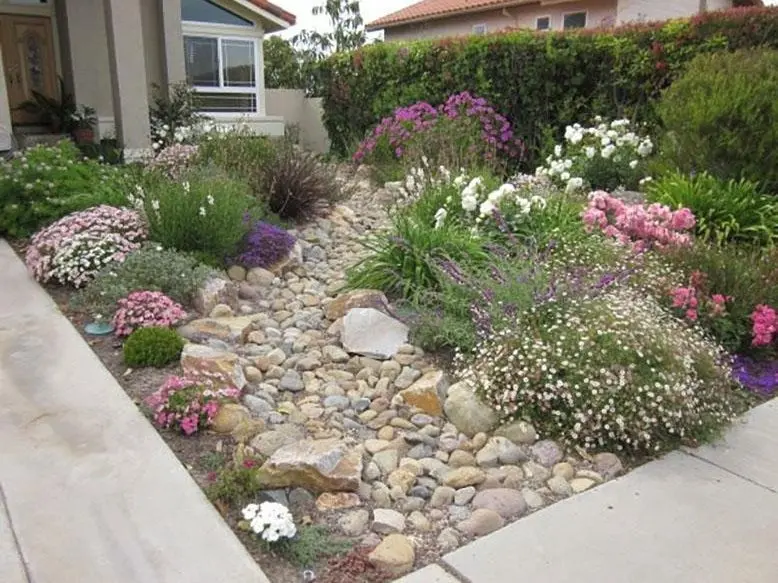
Upgrade to a Smart Irrigation System
Traditional sprinkler systems are often inefficient and waste a lot of water due to runoff, evaporation, or poor timing. A smart irrigation system adapts to the weather, soil moisture, and plant needs in real time. This means less water usage and lower utility bills.
Consider integrating:
Drip irrigation systems for garden beds
Smart controllers that adjust based on weather forecasts
Moisture sensors that prevent overwatering
These systems ensure your landscape only gets watered when it truly needs it, which is ideal for Austin’s climate.
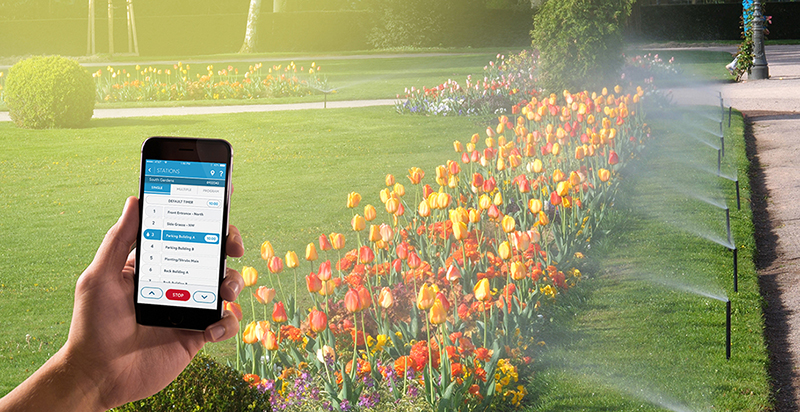
Mulch Like a Pro
Adding organic mulch to your garden beds is one of the easiest and most affordable water-saving landscaping techniques. Mulch reduces evaporation, keeps the soil cool, and helps retain moisture—essential for Austin’s hot and dry summers.
Types of mulch that work well:
Shredded hardwood
Pine bark
Compost
Leaf litter
Apply a 2–4 inch layer around plants, trees, and flower beds. Be sure not to pile it against the base of plants to prevent rot.
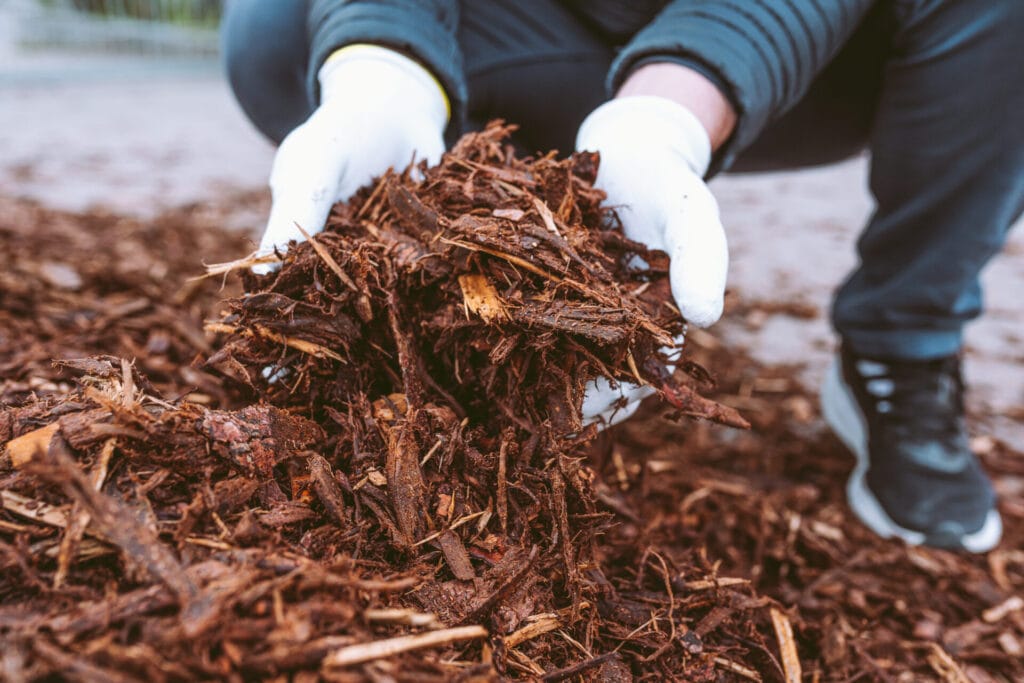
Reduce or Replace Lawn Areas
Lawns require the most water of any landscaping feature. Reducing lawn space or replacing turf with drought-resistant groundcovers is a smart way to conserve water. This not only minimizes irrigation but also lowers maintenance.
Alternatives to traditional lawns include:
Buffalo grass (a native, drought-resistant grass)
Artificial turf (for zero watering)
Gravel and decomposed granite pathways
Groundcovers like frogfruit or sedum
This water-saving strategy helps Austin homeowners meet local water restrictions while still enjoying a lush-looking yard.
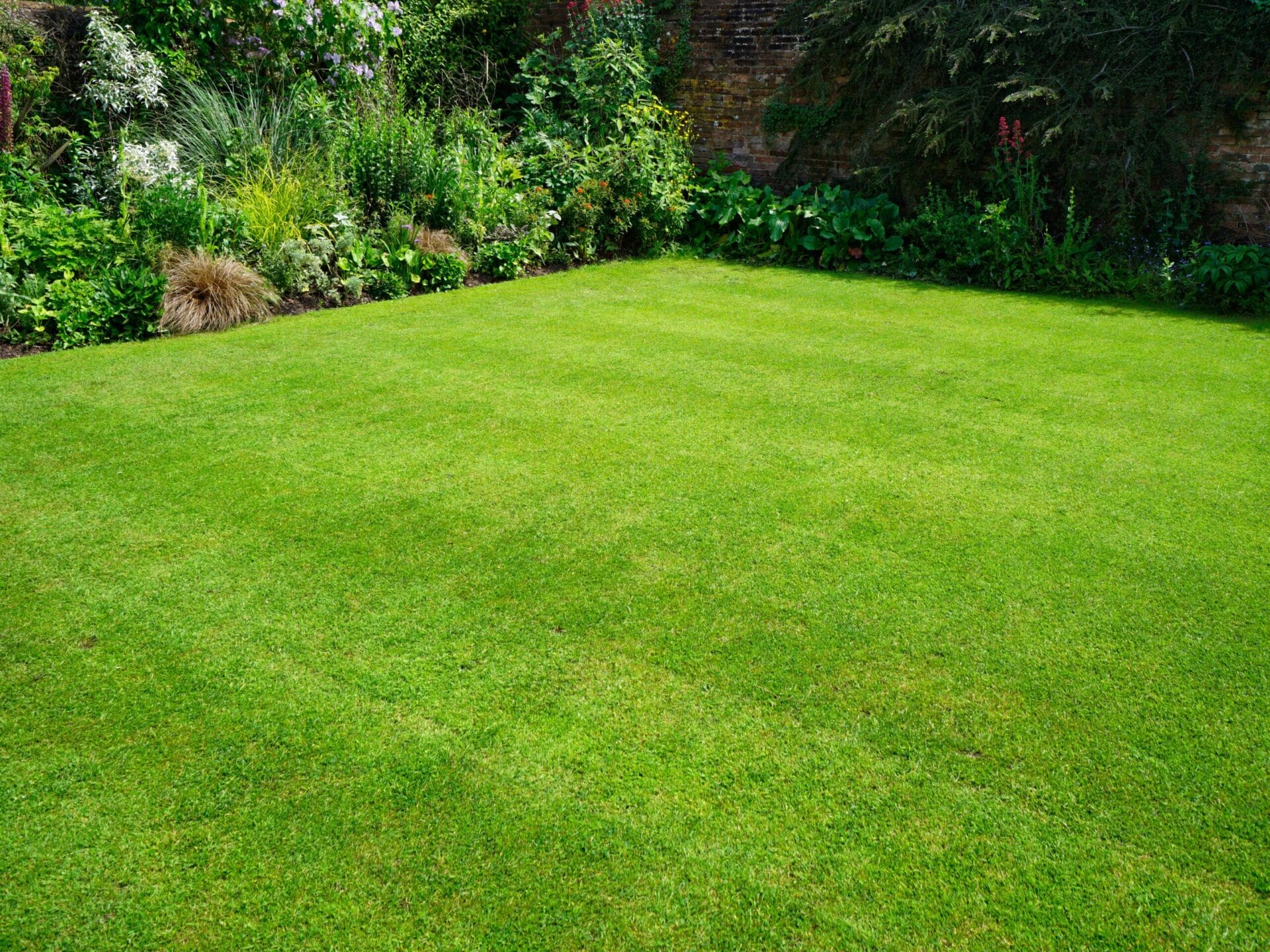
Collect and Reuse Rainwater
Even in a city with periodic droughts, Austin still gets enough rain to make rainwater harvesting worthwhile. Installing a rain barrel or cistern allows you to capture rainwater from your roof to use later for your landscaping needs.
Benefits of rainwater collection:
Reduces demand on the municipal water system
Provides free, naturally soft water for plants
Helps reduce stormwater runoff
Austin Water even offers rebates and incentives for homeowners who install approved rainwater collection systems—making this not just eco-friendly, but cost-effective too.

Bonus Tip: Plan and Group Plants by Water Needs
One of the most overlooked xeriscaping tips is hydrozoning—grouping plants based on how much water they need. Keep thirsty plants together and place them where it’s easy to water efficiently, while keeping drought-tolerant species in separate areas. This thoughtful layout reduces overwatering and simplifies maintenance.
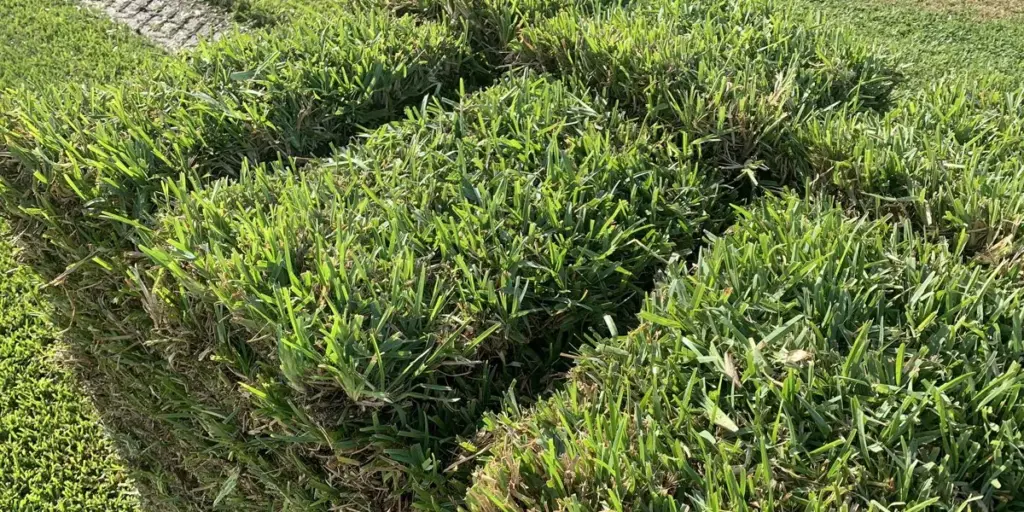
Final Thoughts
Landscaping with water conservation in mind isn’t just about saving resources—it’s about building a resilient outdoor space that thrives in Austin’s climate. By incorporating xeriscaping techniques, upgrading irrigation systems, and choosing native plants, you can reduce your water usage dramatically while still enjoying a beautiful, vibrant yard.
Whether you’re a new homeowner or a long-time resident looking to refresh your outdoor space, these water-saving landscaping tips for Austin homeowners will help you achieve your goals sustainably—and affordably.


